EXCLUSIVE All the explosive evidence that may finally crack the infamous DB Cooper case... as new FBI footage is revealed
By Rachel Bowman
Daily Mail
Nov 30, 2024

Youtube investigator Dan Gryder discovered what he believes to be the Cooper parachute in the storage house on the McCoy family property in North Carolina
The internet sleuth who sparked a fresh FBI investigation into infamous hijacker DB Cooper with the bombshell discovery of a secret parachute has revealed how all the clues now point to just one person.
The hijacker, whose identity has remained a mystery for over five decades, commandeered a Boeing 727 at Seattle-Tacoma airport on November 24, 1971.
He held its crew and passengers hostage with a bomb threat and eventually made off with $200,000 in cash - the equivalent of $1.2 million today.
After leaping out the plane over dense Pacific Northwest woodland, the enigma vanished. The only real evidence left behind was a $1.49 clip-on-tie.
For years the authorities have sought answers and Youtube investigator Dan Gryder told DailyMail.com that the FBI is taking his new find very seriously and conducting DNA tests.
The breakthrough came when the children of one of very few suspects - Richard Floyd McCoy Jr. - confessed to Gryder that their parents were behind the crime.
The FBI had previously ruled out McCoy as a suspect because he 'did not match the physical descriptions of Cooper provided by two flight attendants'.
Yet just months after the initial incident, McCoy was convicted of an eerily similar hijacking.

A man, whose real identity remains a mystery, hijacked a Boeing 727 at Seattle-Tacoma airport on November 24, 1971 and held its crew and passengers hostage with a bomb threat

Richard McCoy Jr. (pictured) was convicted of an eerily similar hijacking just a few months after the Cooper case
On April 7, 1972, McCoy commandeered United Airlines Flight 855, another Boeing 727, en route from Newark, New Jersey, to Los Angeles, California.
He demanded $500,000 in cash and parachuted out the plane as soon as he had the money. He was arrested after the FBI received a tip from a concerned citizen.
McCoy was later sentenced to 45 years in prison for the heist, but later broke out of the maximum security with three other prisoners.
Two inmates were caught within days but McCoy evaded arrest for three months. When the authorities finally tracked him down in 1974, he was shot by agents inside his Virginia Beach home.
Amateur investigator Dan Gryder said FBI agents contacted him after watching his documentary series, which included a video of him discovering a military-grade parachute rig in a storage house on the McCoy family property in North Carolina.
Speaking with DailyMail.com, here Gryder lays out all the explosive evidence he has found that connects McCoy with the elusive DB Cooper.

The case has long stumped investigators, however, YouTube star Dan Gryder revealed the FBI has been looking his newest discoveries that point to McCoy (pictured)

Cooper demanded $200,000 cash - the equivalent of $1.2 million today - however much of it disintegrated during his jump

Cooper also asked for four chutes. Pictured: the canvas bag that contained one of the parachutes

Cooper was wearing a black J.C. Penney tie (pictured), which he removed before jumping, and investigators say has DNA on it
Family Heirlooms
McCoy's children - Chanté and Richard III 'Rick' McCoy - had always suspected their father may have been DB Cooper but had refrained from coming forward until their mother died as they believed she was complicit in the crime.
When she passed away they reached out to Gryder to tell their story.
The YouTuber said he discovered what he believes to be the parachute and rig used by Cooper while visiting the McCoy family's North Carolina property in July 2022.
'We stumbled upon this happenstance, which caused us to have access to this building, and we went up in that building and we looked around it,' he told the DailyMail.com.
'We didn't find [the rig] quickly. It took me and two other people like four hours. We all discovered that together, equally, and completely random.'
Another crucial piece of evidence is a logbook that aligned with Cooper's hijacking over Oregon as well as the Utah hijacking McCoy was convicted of that took place months later.
What stands out is that McCoy had a test jump on September 1971, two months before the Cooper heist, and again on March 1972, one month before the Utah hijacking.
Gryder explained that the North Carolina farm was owned by McCoy's mother and she had kept those items in memory of her son.
'She was kind of a hoarder of emotional things, pictures, letters, scrapbooks. This was her prized son. She was very proud of Richard Floyd McCoy. She knew full well that he did two hijacking. Those rigs and those artifacts became treasured family heirlooms,' he said.
McCoy's grave is on the property and his headstone lists his military accomplishments including his experience with parachuting - implying he was capable of making the jump on November 24, 1971.

Another crucial piece of evidence is a logbook (pictured) that aligned with Cooper's hijacking over Oregon as well as the Utah hijacking McCoy was convicted of

McCoy's grave is on the property and his headstone lists his military accomplishments including his experience with parachuting
Parachute modifications
Cooper's hijacking demands had included that the authorities give him four parachutes, which were supplied by a local skydiving center.
Gryder explained that the parachute found in the McCoy's storage unit has the same unique alterations as the chutes in the Cooper hijacking.
These had been documented by Earl Cossey, who provided them to the skydiving center before the 1971 crime.
Gryder said the parachute started as a military grade 'bailout rig' that had been sold to Cossey though the civilian military surplus system.
Cossey then modified it to make it a sport rig for the skydiving center. These same alternations were found on the chute found in the McCoy house.
'It was born in life as a military bailout rig. Without all these other accessories. Somebody took it and modified it made it a little bigger, moved the ripcord handle, cut the straps, installed the D-rings. That's what makes this parachute one in a billion,' Gryder said.
The modifications include sewn-on webbing and the installation of D-rings on the front - hooks that would have been ideal to carry a heavy load like a bag full of money.
However, the bag that Cooper received lacked the clasps needed to hook them into place.
Investigators believe Cooper lost all of the money in the jump, and a fraction of the cash later found by authorities had disintegrated.
'I have been a skydive for my whole life, and I've seen lots and lots of bailout rigs. I've never seen anybody hack one to this extent and attempt to convert it over to what it ended up being. It's a Frankenstein,' Gryder said.

Gryder explained the parachute has the unique alterations the chutes had in the Utah hijacking that have been documented by Earl Cossey, who owned and provided them before the crime
Questionable alibi
When McCoy was on trial for the Utah hijacking and investigators attempted to link him to the Cooper case, his sister-in-law Denise Burns provided him with an alibi.
Burns said McCoy and his wife were at home during the time of the Cooper hijacking, and according to Gryder, the judge was unhappy with the FBI's alleged illegal search of McCoy's home during the Utah investigation.
However, when Gryder interviewed Burns she recanted her alibi for McCoy and his wife for November 24, 1971.
'So when it came down to Denise's alibi versus what else had happened, and all that kind of stuff. They simply didn't want to touch it. They did not want to even go there. They were going to be satisfied with some kind of a prison sentence for the second one, and that's all that's all they could get,' he said.
'Now, after all this time, I took Denise's recording of her in her voice at her home, and she's aware that statute of limitations is over and there's nothing that can come back on her, she told the truth.
'She said, no, Richard and Karen were gone. They told me that they were going to California, and she was the babysitter for three or four days during Thanksgiving of 1971.'

Once his demands were met and transferred onto the plane, Cooper had the crew take off before he jumped out
FBI Search
When contacted by DailyMail.com, the FBI deferred to their July 2016 statement that they will no longer actively investigate the case.
However, Gryder said FBI agents contacted him after watching his first two videos, one of which showed him discovering the parachute
He claimed FBI agents met with him and Rick to take the harness and parachute into evidence and said they also were interested in the logbook.
The YouTuber also filmed dozens of agents descending on the North Carolina property to continue their search.
Rick has also provided DNA samples to the FBI, but the agency has yet to provide an official update.
'Finding the parachute is not conclusive, it's not going to solve it, that's all circumstantial. What the FBI is going to have to have is solid DNA, and that is the path,' Gryder said.
'Their entire goal is a positive DNA lock, and that's the end towards which they are working.'
Gryder told DailyMail.com there are parts of Rick's DNA that lined up 'perfectly' with that of DB Cooper, possibly indicating a partial match of a relative. He added that investigators are now seeking to exhume the body for further testing in a bombshell revelation.
'All [the McCoy children] were able to tell us is that there's DNA markers that are present, and they have X amount of those that line up perfectly like Swiss cheese models where all the holes in the Swiss cheese eventually line up, but they need more of those markers, and where they have fallen down is the difference between the son's DNA and the necktie versus actual Richard Floyd Mccoy,' he said.
'Undisputable DNA, which would give them more of those markers, is what is what they're looking for. That that's where they were at on the thing. And that's how come they've requested to exhume the body, which is a huge deal.'

Gryder said FBI agents contacted him after watching his video that shows him discovering the rig

The YouTuber filmed dozens of agents descending on the North Carolina property to search
Other theories
Although many people believe that McCoy is the culprit behind the infamous case, other suspects have previously been identified by other investigators.
Notably, true crime investigator Eric Ulis made a Freedom of Information Act request with the FBI to access any DNA profiles found on the clip-on tie left behind by Cooper denied.
Ulis believes the mystery hijacker is engineer Vince Petersen from Pittsburg, Pennsylvania.
He claimed this theory is based on evidence left on the tie that matched materials from the plant where Petersen worked.
Gryder said he has considered other theories, but argued that they are all missing a crucial piece of the puzzle.
'None of those other theories made any sense, they were all missing clear motivation like the McCoy's had,' he said.
'McCoy had a grudge, and he was financially in a bind. He had served two terms in Vietnam. He came back, and as a Vietnam vet, he couldn't get a job.
'Yet he had a wife and two kids he's supposed to support the rest of his life, but he was left with no good options.'





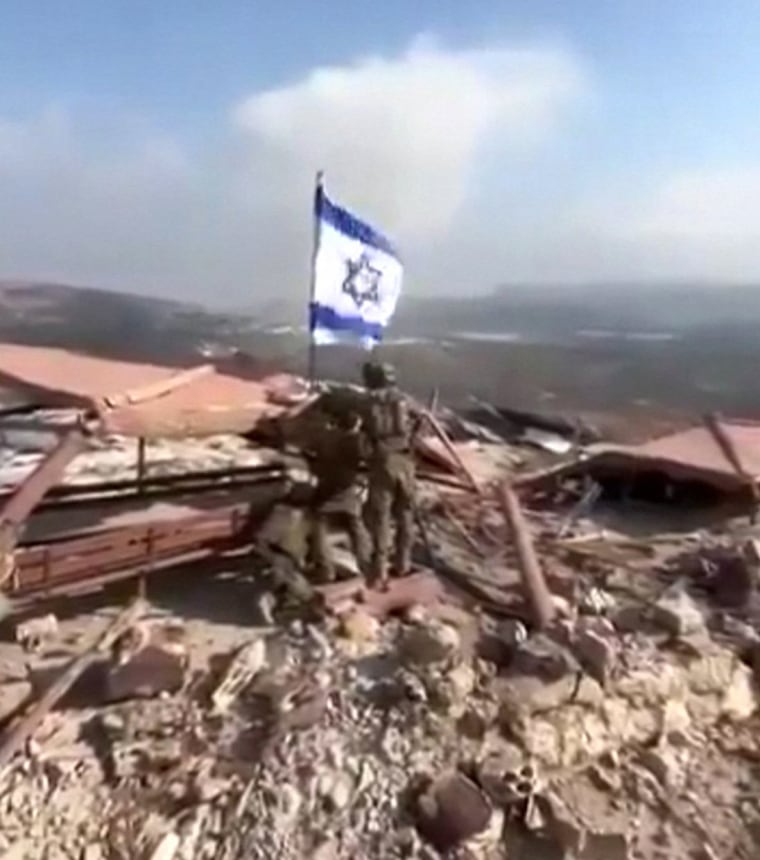
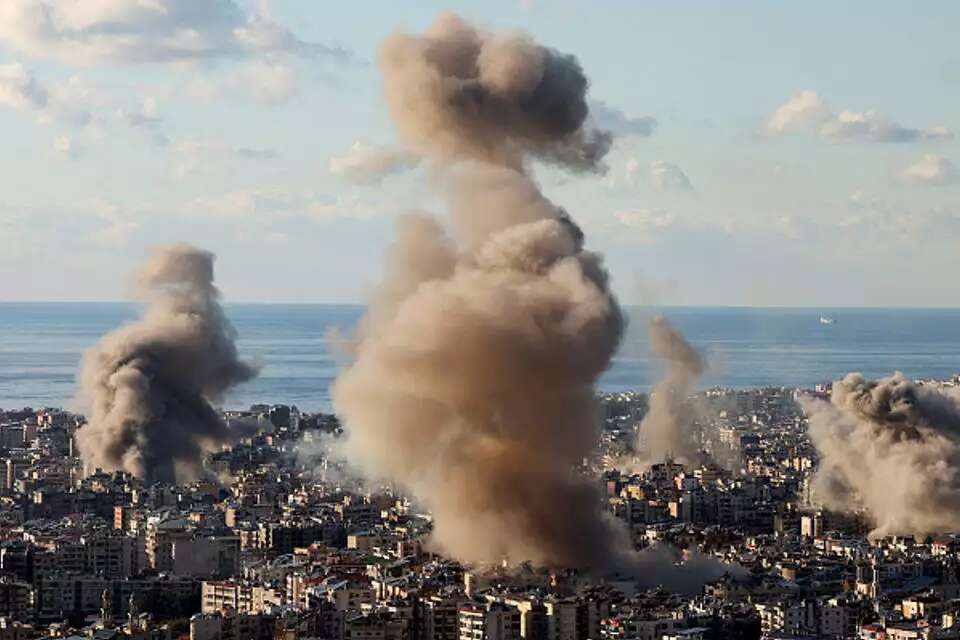

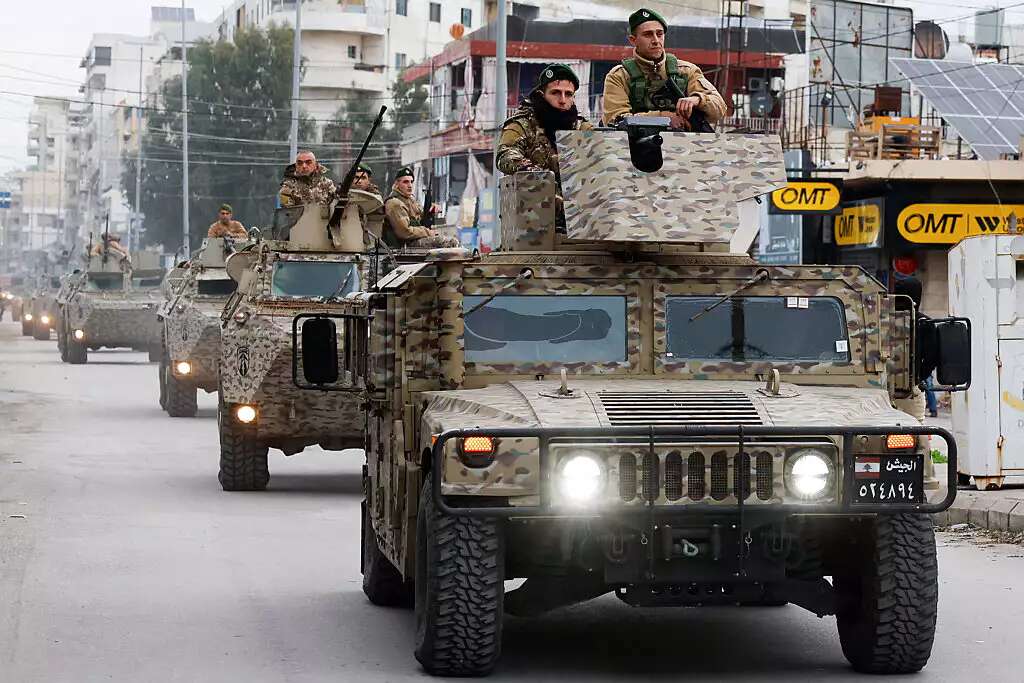
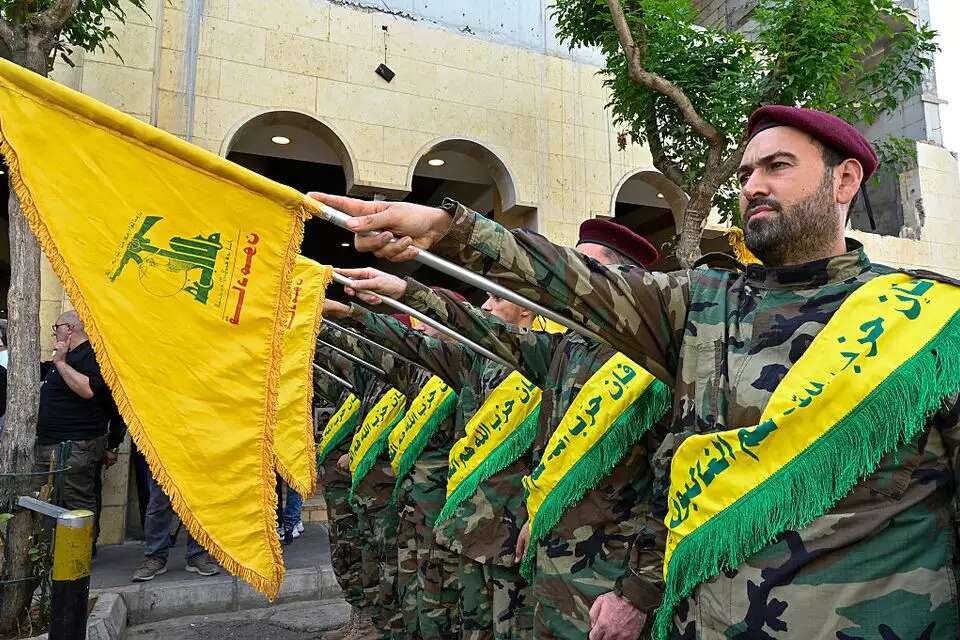 Hezbollah terrorists in southern Lebanon.
Hezbollah terrorists in southern Lebanon. 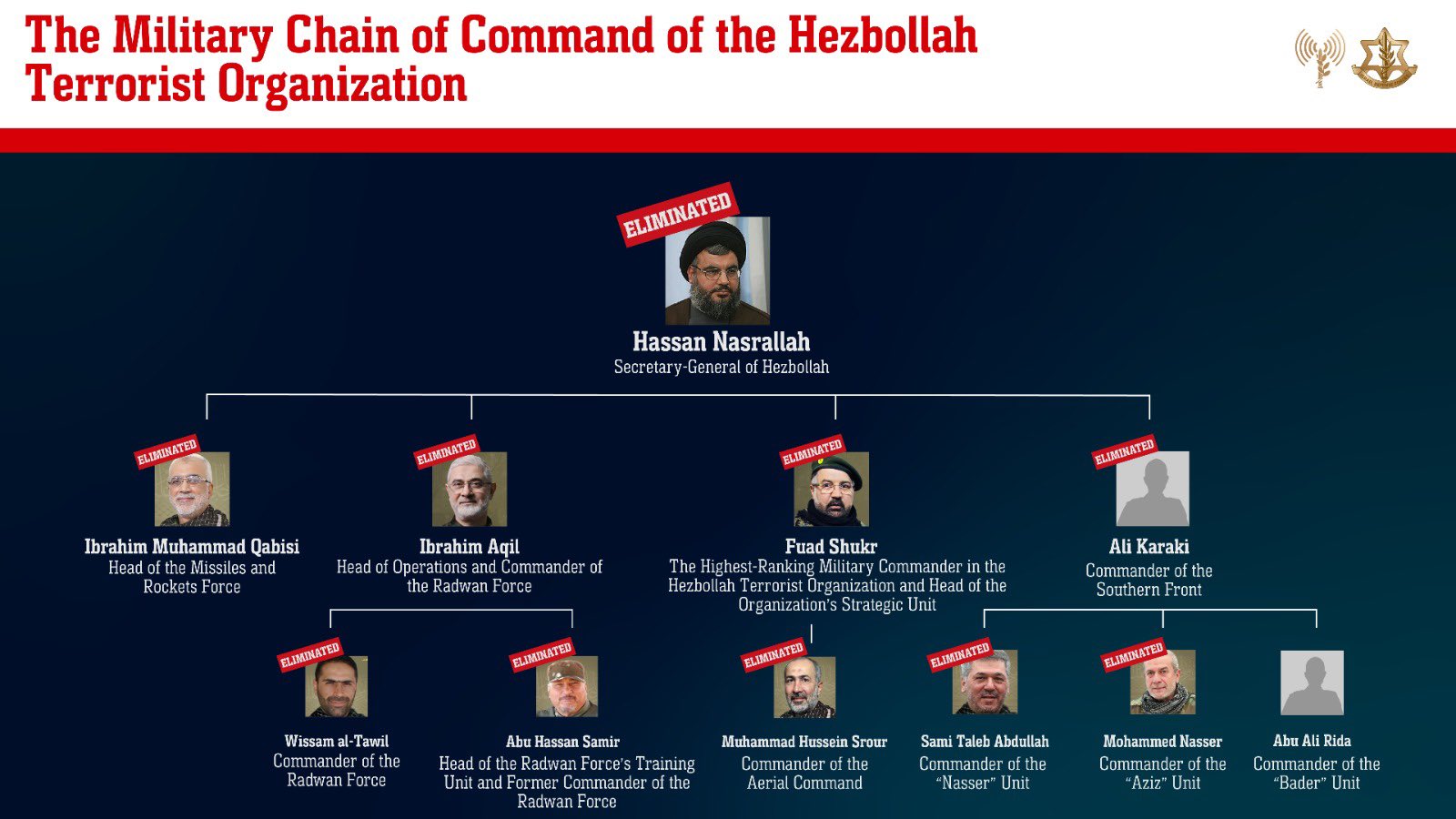
















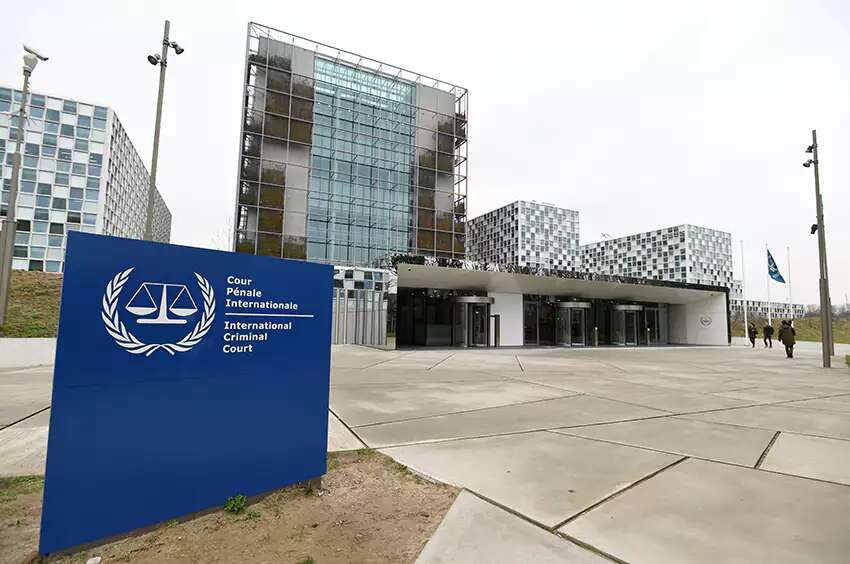
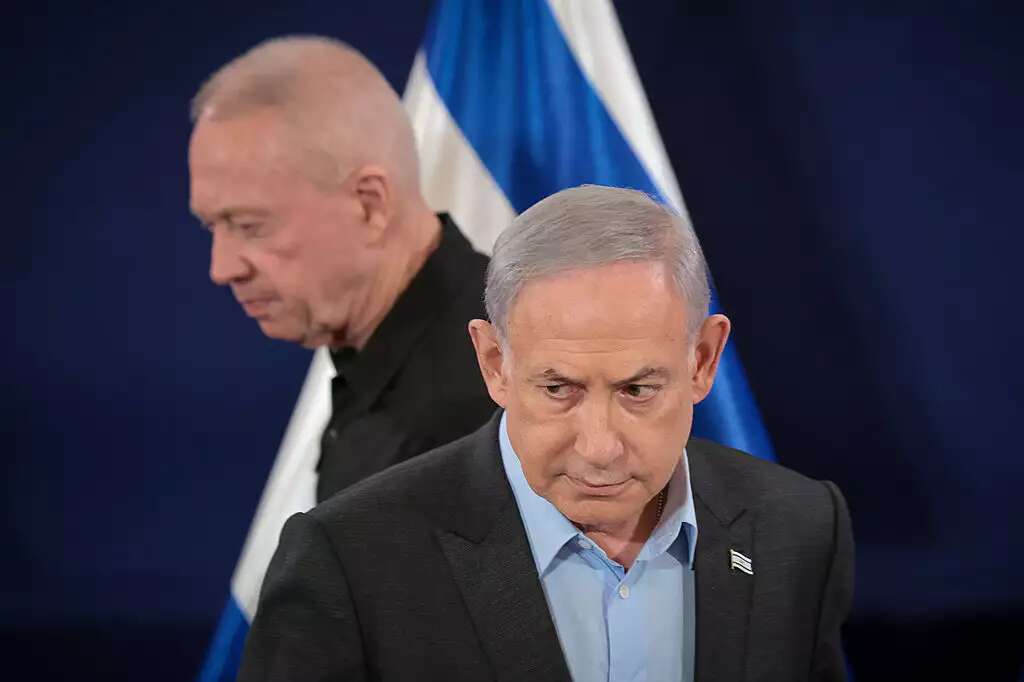
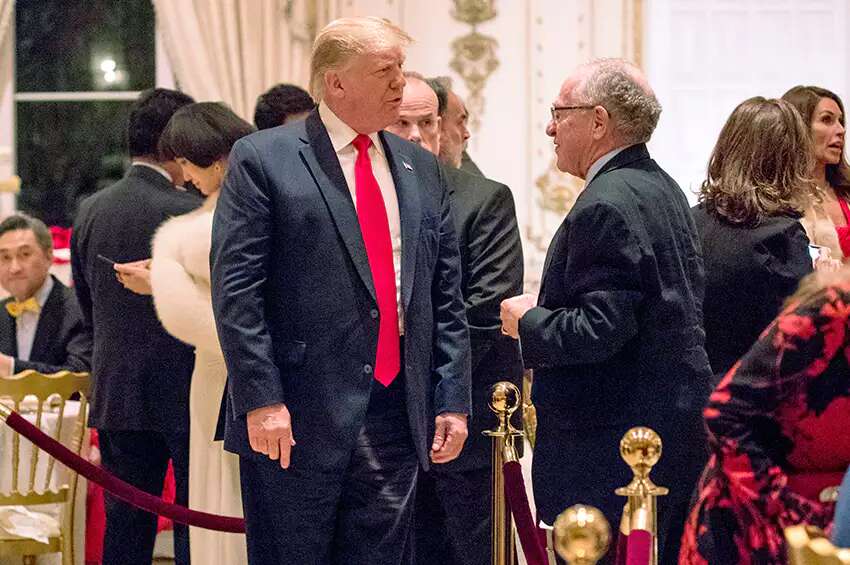 Dershowitz with Trump.
Dershowitz with Trump.